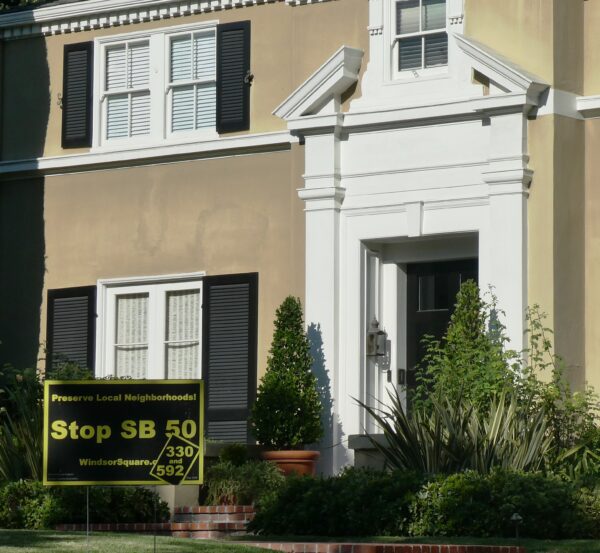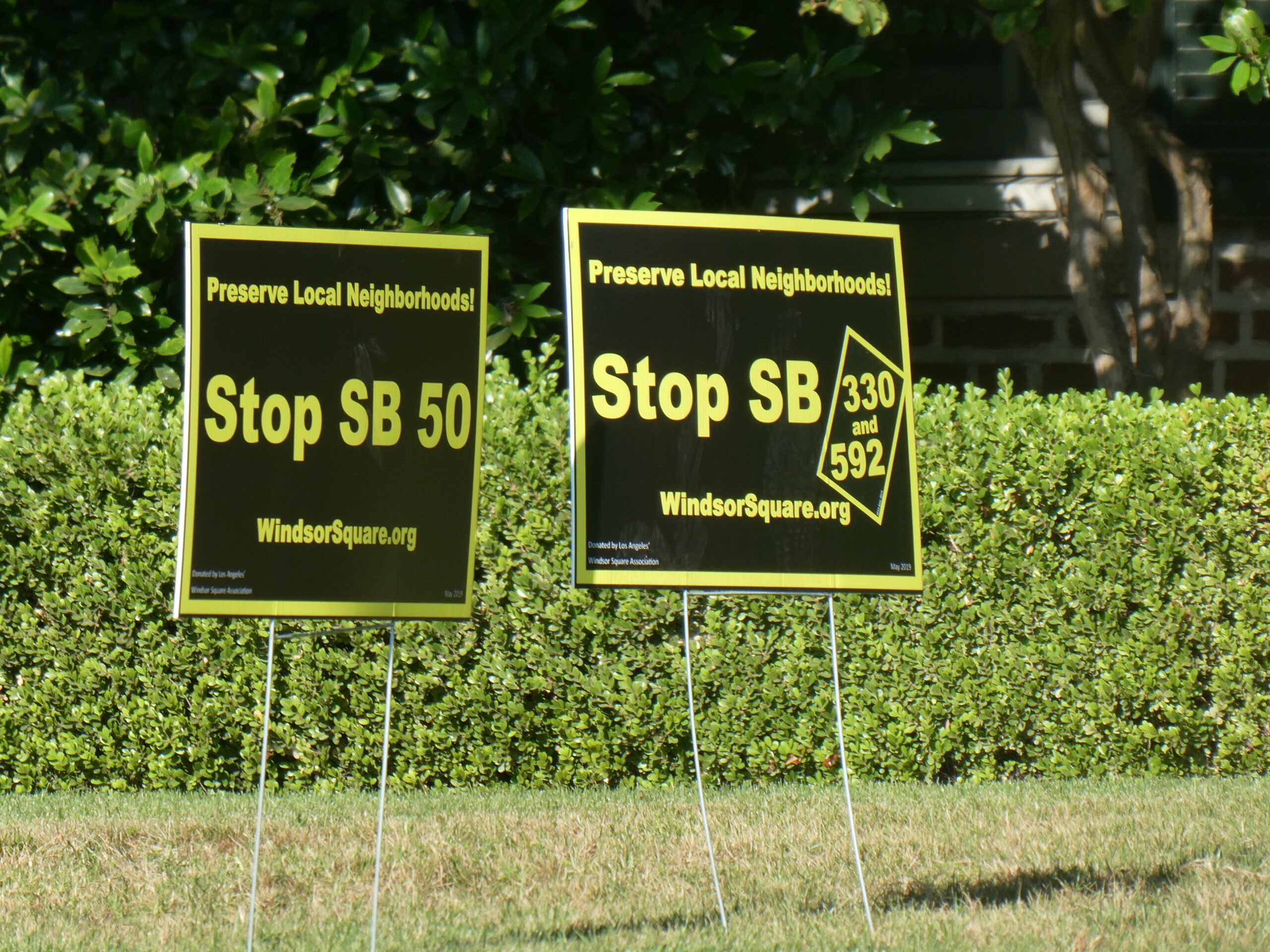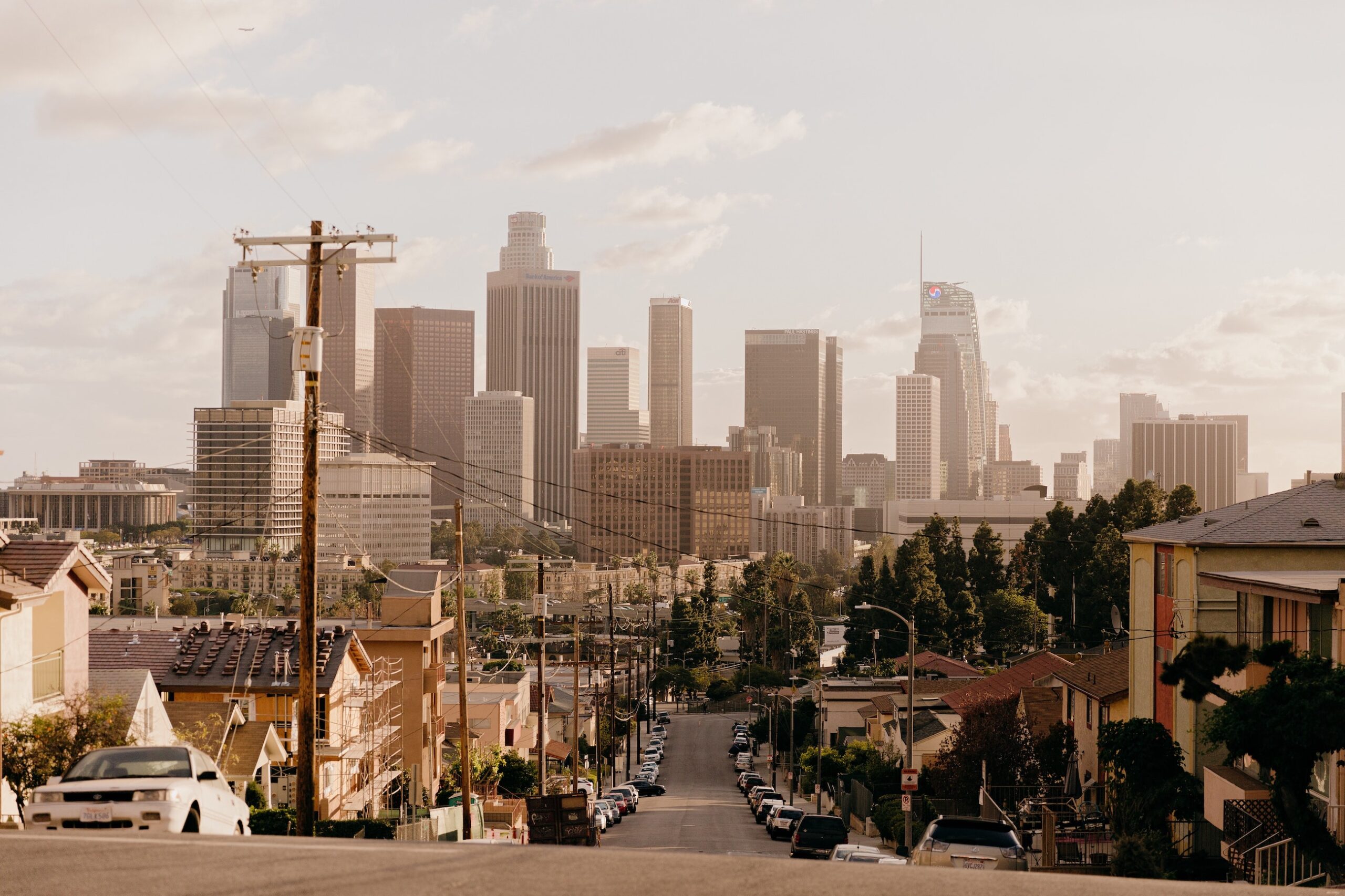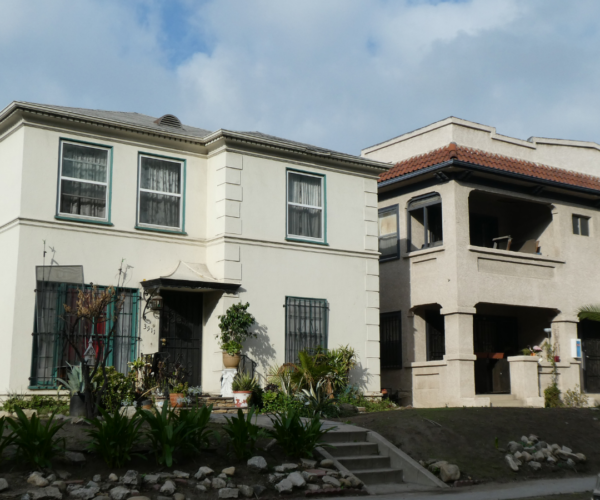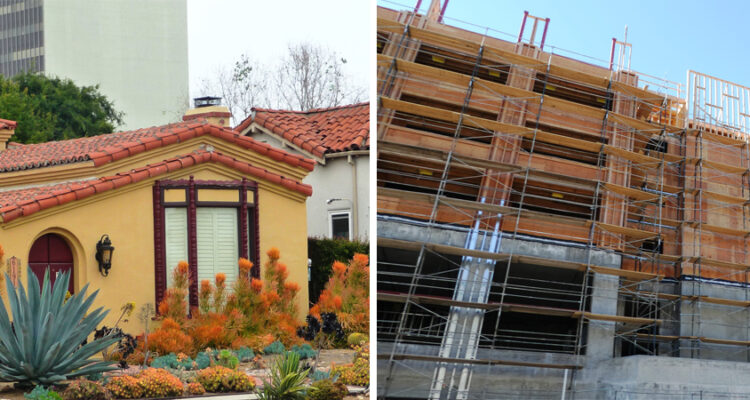
Lost
Senate Bill 330
New state legislation will limit a community's ability to plan thoughtfully and fully consider impacts to historic resources. SB 330 was signed into law by Governor Newsom in October, 2019.
Lost
Historic places that have been demolished or irreparably altered.
Issue Details
Development Approval Process
Overview
Whether it is SB 50 (currently on a temporary hiatus), SB 592 (referred back to committee), or SB 330, multiple lawmakers are introducing legislation with the intention of addressing California’s affordable housing crisis by easing perceived land use barriers to increase density and streamline the production of multi-family housing development statewide. In October, 2019, SB 330 was signed into law by Governor Newsom with him stating, “[w]e are removing some key local barriers to housing production.”[i]
This blunt, one-size-fits-all legislation limits a community’s ability to deny or consider other factors. Instead, it overrides local planning and existing community plans in order to facilitate the construction of four-to-five-story—or higher—residential projects in areas currently limited to single-family development.
Other than proximity to transit, these bills offer little consideration for where new housing and density should be built. If enacted, this legislation will significantly impact Los Angeles’s finite number of existing historic resources. This means older and historic neighborhoods could be harmed through demolition and infill construction that is out-of-character and scale to the surrounding neighborhood, effectively eroding the historic character of an entire neighborhood. For instance, SB 50 impacts over 40% of L.A., and in certain neighborhoods, that percentage is much higher (57% of Boyle Heights and 60% of Silver Lake).
Density, affordable housing, and preservation are not mutually exclusive. We can and should have all of these, and through careful planning, there is ample room for these in L.A.
Approximately 6% of Los Angeles has been identified as historic (through designation and by SurveyLA, L.A’s comprehensive survey of historic places), leaving 94% available for development and increased density. In other words, only about 60,000 of the total 880,000 parcels in L.A. are historic buildings, leaving 820,000 parcels available for new development, increased density, and much-needed housing.
The Conservancy—in partnership with the California Preservation Foundation and others—works with legislators behind the scenes, striving to find a balance that includes safeguards for preservation.
[i] The Orange County Register. “Newsom signs SB 330, ‘Housing Crisis Act of 2019’ aimed at speeding up homebuilding.” October 9, 2019
About This Issue
SB 330 has generated heated discussion across California and especially throughout Greater Los Angeles.
Called the “The Housing Crisis Act of 2019,” SB 330 streamlines and is intended to increase housing production, which we support. While laudable in its intent, speeding up housing production will have adverse impacts when not done thoughtfully.
For example, in order to be considered as part of a project’s approval process, the legislation incorrectly assumes historic places are already landmarked and protected and therefore widely known. In reality, most historic resources are not formally designated or landmarked. In its quest to expedite the permitting process, historic places would be in jeopardy and not fully considered as part of the accelerated approval process.
Under a new section 65941.1, SB 330 moves the date on which a project application is deemed complete earlier in the process, to the submittal of a preliminary application. We are concerned that historic resources will be missed and omitted from the review process because historic resources typically are not identified by a public agency until long after a project is “deemed complete.” The statute should clarify that this requirement does not eliminate the obligation of a local government to assess impacts on historic resources under their own ordinances or the California Environmental Quality Act (CEQA), even where the resource is not identified until later.
Speeding up housing production without thoughtful planning creates a blunt instrument that would outstrip local authority, planning and community input. It also does not recognize the diversity of development statewide, let alone throughout Greater Los Angeles.
We also have concerns about the legislation’s provision that “[a]mends the development policies, standards, and conditions for affected cities and counties as follows: ii) Imposing or enforcing design review standards established after January 1, 2018, if the standards are not objective.” Who defines what is objective or not? Design review, by its nature, is often subject to some interpretation, preferably tied to guidelines or standards.
Our Position
Throughout California and Greater Los Angeles, we need to provide increased density and transit-oriented development that also offers high-quality and affordable housing production. Whether it is SB 50 , SB 592, or SB 330, these are the wrong tools for the job.
Issue Resources
- "Newsom signs SB 330, ‘Housing Crisis Act of 2019’ aimed at speeding up homebuilding," The Orange County Register, Oct. 9, 2019
- "Sen. Skinner’s SB 330: One-Size Housing Approval Devalues Community Voices," The Planning Report, August 25, 2019
- “Proposal to add density near transit stations quickly rejected in California senate,” Curbed LA, April 17, 2018
- "Plan to dramatically increase development would transform some L.A. neighborhoods," Los Angeles Times, March 25, 2018
- "Wiener’s Senate Bill Will Lead to More Displacement and Loss of Affordable Housing," CityWatch, March 19, 2018
- "Zev Yaroslavsky on Scott Wiener’s SB 827: The Triumph of WIMBYs," The Planning Report, March 15, 2018
- "How Might SB 827 Impact California? We Took a Deep Dive Into the Data," UrbanFootprint, March 12, 2018
- "Garcetti says major state housing bill doesn't protect single-family neighborhoods," Los Angeles Times, February 28, 2018
- "A Bid to Solve California’s Housing Crisis Could Redraw How Cities Grow," Wired, February 7, 2018
- "SB 827 (Skinner, D-Berkeley) will destroy local land use control," Editorial, The Berkeley Daily Planet, January 6, 2018
